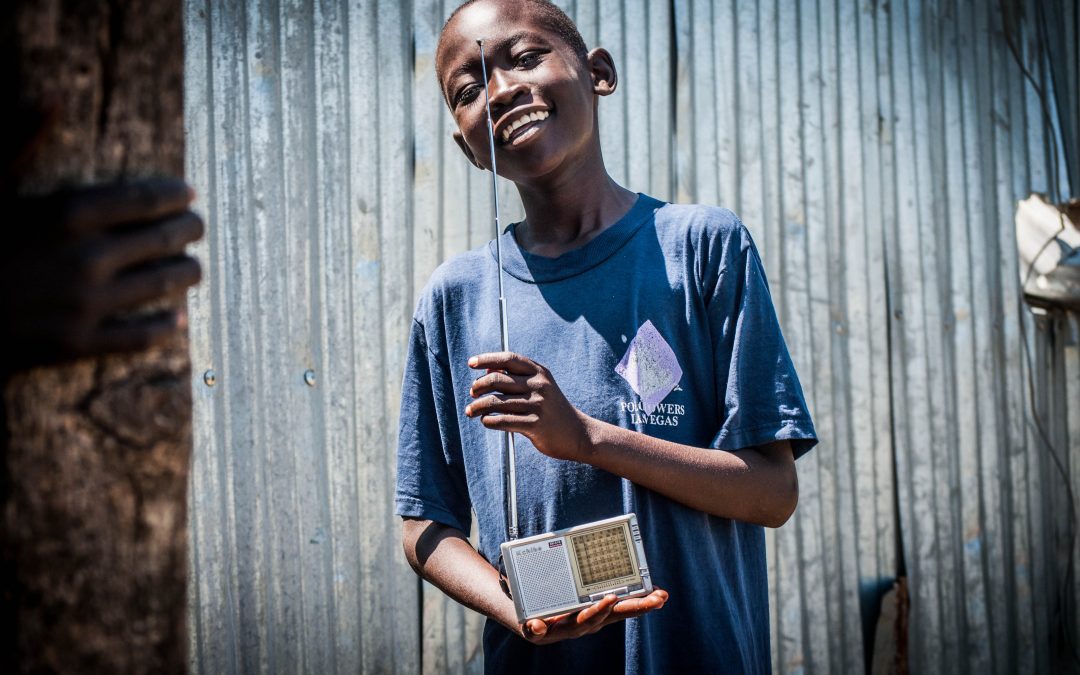In today’s media-saturated culture, it is crucial people understand how media impacts their lives and how to use it to their advantage. That’s why media and information literacy education must be an integral part of school curricula.
In a world dictated by Web 3.0 and accelerated by the Internet of Things, it is obvious that literacy, once understood as basic reading and writing skills, is no longer adequate in today’s knowledge societies.
Media plays a premium role in our individual lives and collective entities. It’s become part of us, our culture. Therefore, Media and Information Literacy (MIL), which emphasises skills around information deciphering, content production and media scrutiny, is needed more than ever.
MIL is the antidote to the unfiltered, inaccurate and misleading information too often propagated by both traditional and online media.
People without a degree of media literacy or who cannot question media messages will always be at the mercy of content producers. They will struggle to cope with the amount information on offer in the digital age and be unable to make conscious choices. They will often simply opt for entertainment products or, even worse, become vulnerable to messages that can lead to radicalisation.
We must learn how to find what we need to know, when we need to know it, and to have the critical skills to analyse and evaluate whether the information we find is useful.
Not gotten the attention it should
The importance of media literacy was emphasised at a UNESCO symposium as early as 1982: “The role of communication and media in the process of development should not be underestimated, nor the function of media as instruments for the citizen’s active participation in society. Political and educational systems need to recognize their obligations to promote in their citizens a critical understanding of the phenomena of communication.”
More than 30 years later, media literacy is still struggling to gain the momentum needed to make an impact on development.
Authorities always complain of overcrowded curricula and a lack of resources as an excuse for not including MIL in the school syllabus. Yet, unless our educational systems take the lead in teaching about media engagement, corporate experts will be the ones to determine how people learn, what they learn and what constitutes literacy.
Closing the media literacy gap
We must rise to the challenge by coming up with teaching strategies to address the media literacy gap.
- How do we ensure every child has the skills and experiences needed to become a full participant in the social, cultural, economic and political future of our society (participation gap)?
- How do we ensure every child can articulate his or her understanding of how media shapes perceptions of the world (transparency problem)?
- How do we ensure that every child understands the ethical standards that should guide them as media makers and as participants in online communities (the ethics challenge)?
So, what do children and young people actually need to learn? A paper published by the German media development organisation DW Akademie proposes three steps.
- Young people must acquire technical skills.
In addition to learning how to use computers and mobile phones to access information and navigate the data deluge, they must learn how to be content producers: using media technologies to create content, thereby enhancing their participation in a knowledge society.
- Young people must learn content decoding skills.
They must be able to understand and analyse messages, to differentiate between nonsense and serious information. What is the message? Who created it? Why is it being sent? What creative techniques are used to attract my attention? How might different people understand the message differently? What values, lifestyles and points of view are represented or omitted from it? To complement the formal MIL training curriculum, workshops with media literate professionals should teach people how to deconstruct propaganda.
Learners should also know that governments and corporations gather private information and know how to defend themselves against right-to-privacy violations. They should understand how to use information ethically, guard their privacy and adopt appropriate online behaviour on social media platforms.
- Children and young people must learn how the media tick.
How do they gather information and how do they decide on news values? What principles guide them in their work? What is their role in society? Young people should acquire the skills to be critical media consumers and learn about the positive and negative effects of the media. Visits to media houses could be useful and journalists should be invited into classrooms.
‘Lean forward’ approach
MIL education as part of an academic curriculum should be a multidisciplinary exercise, drawing in disciplines including media and information studies, technology, education, social and cultural studies, language, art and history. These should be packaged in the form of training modules and delivered through online platforms in addition to in the classroom.
In short: media literacy education should enable learners and media users to adopt a more active, “lean-forward” role rather than remaining in the “lean-back” position of passive consumers.
Educational authorities must ensure the inclusion of MIL in curricula and provide the appropriate teacher training. Media literacy consultants must be hired to establish communication networks and develop curricula with appropriate benchmarks.
A media-literate society is not a luxury; it is a necessity in the 21st century. Because the media is so omnipresent, it is no longer simply an advantage to be media literate, but a debilitating disadvantage not to be.
Dr Suraj Olunifesi Adekunle is UNESCO Consultant on Media Literacy and the Postgraduate Coordinator at the School of Communication, Lagos State University, Lagos, Nigeria.
This article is an adaptation of a piece that originally appeared in the AFRICAN FREE PRESS, a MISA project supported by DW AKADEMIE.

